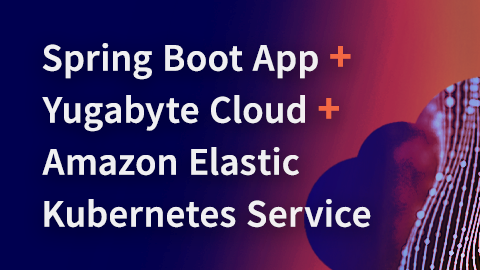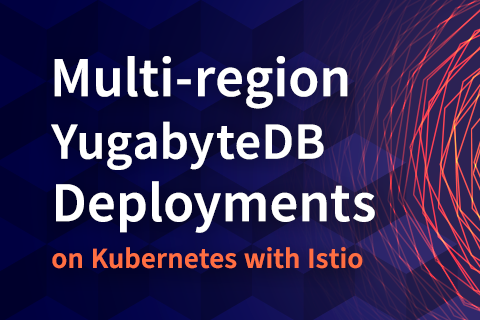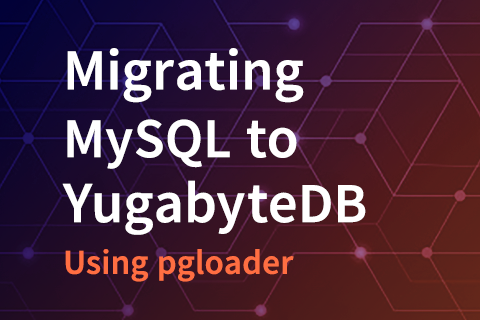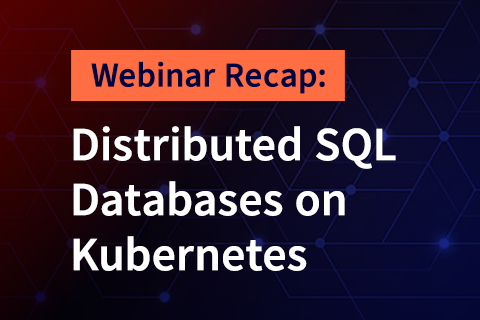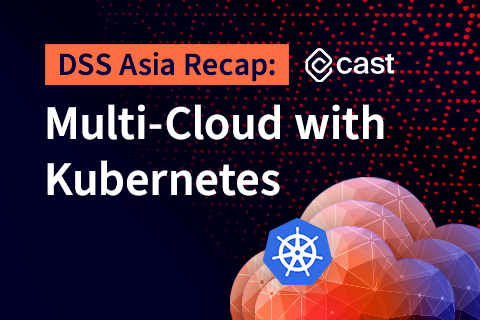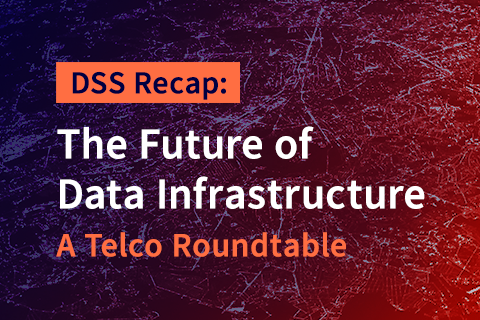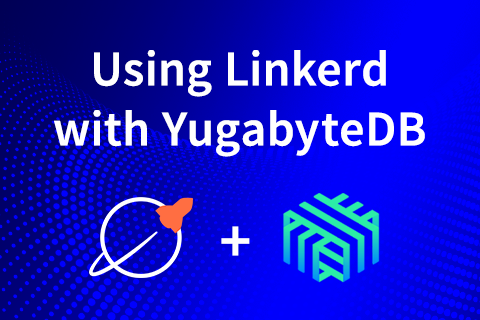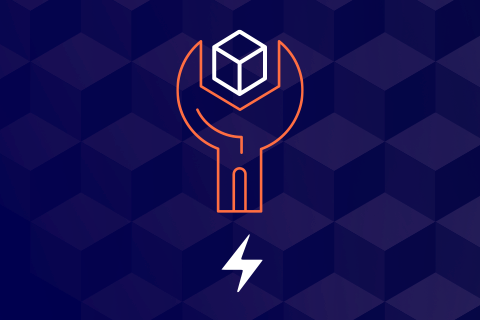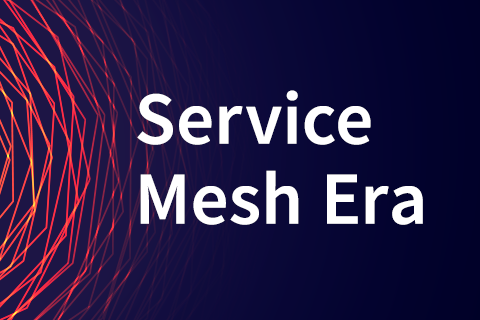Connecting a Spring Boot Application to YugabyteDB Managed and Deploying It on Amazon Elastic Kubernetes Service (EKS)
Spring Boot is an extremely popular framework for building cloud native applications. It makes configuring an application easy and offers lots of starters to get you off the ground quickly. Each Spring Boot application is stand-alone and self-contained, which makes them easy to deploy in a distributed fashion – to containers or, even better, on Kubernetes.
YugabyteDB Managed (formerly Yugabyte Cloud) is a perfect match for Spring Boot applications,
…
